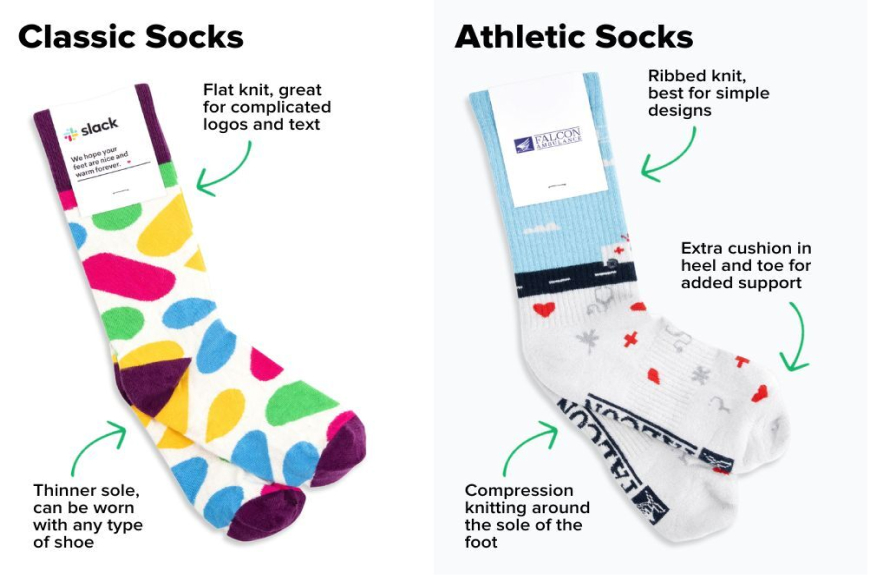Hockey players are known for their unique rituals and equipment preferences, and one of the most common practices you'll see on the ice is players taping their socks. This tradition has been around for decades, but many fans and newcomers to the sport often wonder about its purpose. In this blog post, we'll explore the reasons behind this widespread practice and its benefits for players on the ice.
Protection and Support
One of the primary reasons hockey players tape their socks is for added protection and support. The ice rink can be an unforgiving environment, with players constantly at risk of being hit by sticks, pucks, and skate blades. By taping their socks, players create an extra layer of protection for their shins and calves, which can help reduce the impact of potential injuries.
Moreover, taping provides additional support to the lower legs, which can be especially beneficial during long, intense games. This extra stability can help prevent muscle fatigue and improve overall performance on the ice.
Keeping Shin Guards in Place
Another crucial reason for taping socks is to keep shin guards securely in place. Shin guards are an essential piece of protective hockey gear, but they can shift or slide during gameplay. By taping their socks over the shin guards, players ensure that this vital protection stays where it's supposed to be, even during the most intense moments of the game.
Enhancing Grip and Control
Believe it or not, taping socks can also improve a player's grip and control on the ice. The tape creates a slightly rougher surface on the lower leg, which can help players maintain better contact with their skates and the ice. This increased friction can lead to improved stability and agility, allowing players to make quick turns and stops with greater confidence.
Personal Preference and Superstition
As with many aspects of sports, personal preference and superstition play a role in the sock-taping tradition. Some players simply feel more comfortable and confident with taped socks, while others may consider it a lucky charm or ritual that helps them get into the right mindset for the game.
Aesthetic Appeal
While functionality is the primary concern, there's no denying that taped socks have become a distinctive part of hockey's visual identity. Many players take pride in their taping technique, and some even use it as a form of self-expression by creating unique patterns or using different colors of tape.
Preventing Wear and Tear
Hockey socks are subjected to a lot of wear and tear during games and practices. Taping can help extend the life of these socks by providing an extra layer of protection against cuts, tears, and general wear. This can be especially important for players who prefer to use high-quality athletic socks that they want to keep in good condition for as long as possible.
Customization and Comfort
Every player has their own preferences when it comes to equipment fit and feel. Taping allows players to customize the tightness and support of their socks to their liking. Some may prefer a snugger fit around the calf, while others might want more flexibility in certain areas. This level of customization can contribute to overall comfort on the ice, which is crucial for maintaining focus and performance throughout the game.
Moisture Management
While it might seem counterintuitive, taping socks can actually help with moisture management. The tape can create a barrier that helps prevent excessive sweat from saturating the socks and shin guards. This can be particularly beneficial in maintaining comfort and reducing the risk of blisters during long periods of intense play.
Wrapping Up
The practice of taping hockey socks serves multiple purposes, from protection and support to personal preference and performance enhancement. While it may seem like a simple ritual, it's an integral part of many players' preparations for hitting the ice. Whether you're a seasoned pro or just starting out in the sport, understanding the reasons behind this common practice can give you a deeper appreciation for the thoughtfulness that goes into every aspect of hockey equipment and preparation. So the next time you see a player meticulously taping their socks before a game, you'll know that it's about much more than just keeping their socks up – it's about optimizing their performance and safety on the ice.


